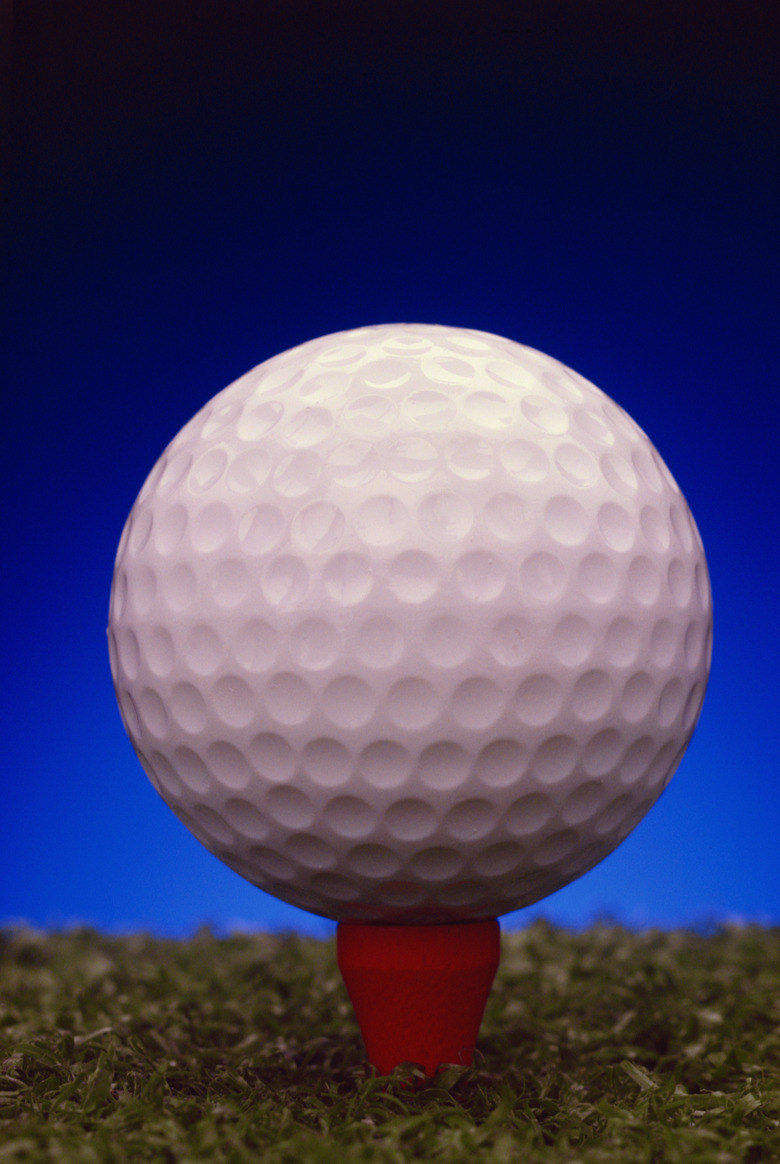Zoysia Grass Vs. Bermuda
While you may be excited about putting down a new lawn, choosing isn't as simple as picking a bag of seed off the hardware store shelf. Turf species vary in their tolerance of a wide range of factors and also on their maintenance, look and establishment methods. Zoysia grass (Zoysia spp.) and Bermuda grass (Cynodon spp.) are two widely used turf grasses, but each has its own sets of pros and cons.
Hardiness Zones and Light Requirement
Step 1
Zoysia species are best grown in U.S. Department of Agriculture plant hardiness zones 6 through 9, while Bermuda species perform best in USDA zones 7 through 10. Both are warm-season grasses and are widely planted throughout the South and warmer regions of the U.S. When it comes to sunlight, zoysia is more shade-tolerant than Bermuda and, as such, is a better candidate for lawns with areas of moderate shade. (See ref 1, Zoysiagrass and Bermudagrass)
- While you may be excited about putting down a new lawn, choosing isn't as simple as picking a bag of seed off the hardware store shelf.
- Both are warm-season grasses and are widely planted throughout the South and warmer regions of the U.S.
- When it comes to sunlight, zoysia is more shade-tolerant than Bermuda and, as such, is a better candidate for lawns with areas of moderate shade.
- (
Growth
Step 1
Zoysia species often don't cover until their second or third season; they may cover completely by the end of the first season under ideal conditions. (Ref 2, 3rd bullet point of disadvantages) Zoysia, although slower to establish, forms a thicker sod, which in turn makes for a better-looking lawn and less space for weeds to pop up and take over. (Ref 1, Zoysiagrass; Ref 2, 2nd and 3rd bullets of Advantages; ref 3, 5th paragraph Zoysiagrass) Bermuda grasses, on the other hand, grows quickly via stolons and rhizomes, making it potentially invasive throughout other parts of your yard. Its quick growth prevents many weeds from coming up, although it is still susceptible. (Ref 4, Disadvantages)
Tolerances
Step 1
Both zoysia and Bermuda species are particularly suited as turf species for a number of reasons. Both are drought-tolerant and will go dormant during dry spells. During dormancy, both will turn a straw-brown color; both green up quickly with irrigation or healthy doses of rain. (Ref 1, Zoysiagrass and Bermudagrass, Drawbacks; ref 2, 1st bullet Disadvantages) Both are also traffic-tolerant, although Bermuda is among the most traffic-tolerant of warm-season grasses. Fine-bladed zoysia cultivars and species are difficult to mow, but medium-textured varieties do well with a regular mower. (Ref 1, Zoysia drawbacks; ref 3, 6th paragraph zoysia) Bermuda grass has the potential to mimic the dense, solid turf of a golf course when mowed short. (Ref 5, Bermuda paragraph)
- Zoysia species often don't cover until their second or third season; they may cover completely by the end of the first season under ideal conditions.
- ( Ref 2, 3rd bullet point of disadvantages) Zoysia, although slower to establish, forms a thicker sod, which in turn makes for a better-looking lawn and less space for weeds to pop up and take over.
- (
Problems
Step 1
Zoysia grasses are a bit more resistant to diseases and pests than many Bermuda species, although both types of turf fall victim to more than a few problems. The main problems for zoysia species are large brown patch, nematodes and billbugs. Bermuda grasses, on the other hand, are negatively impacted by a large number of diseases, mole crickets and, the most serious problem, nematodes. Each type of turf has a number of different commercially available cultivars, some much more tolerant of certain problems than others. (See ref 4, Pest Problems; ref 6, pest management)
